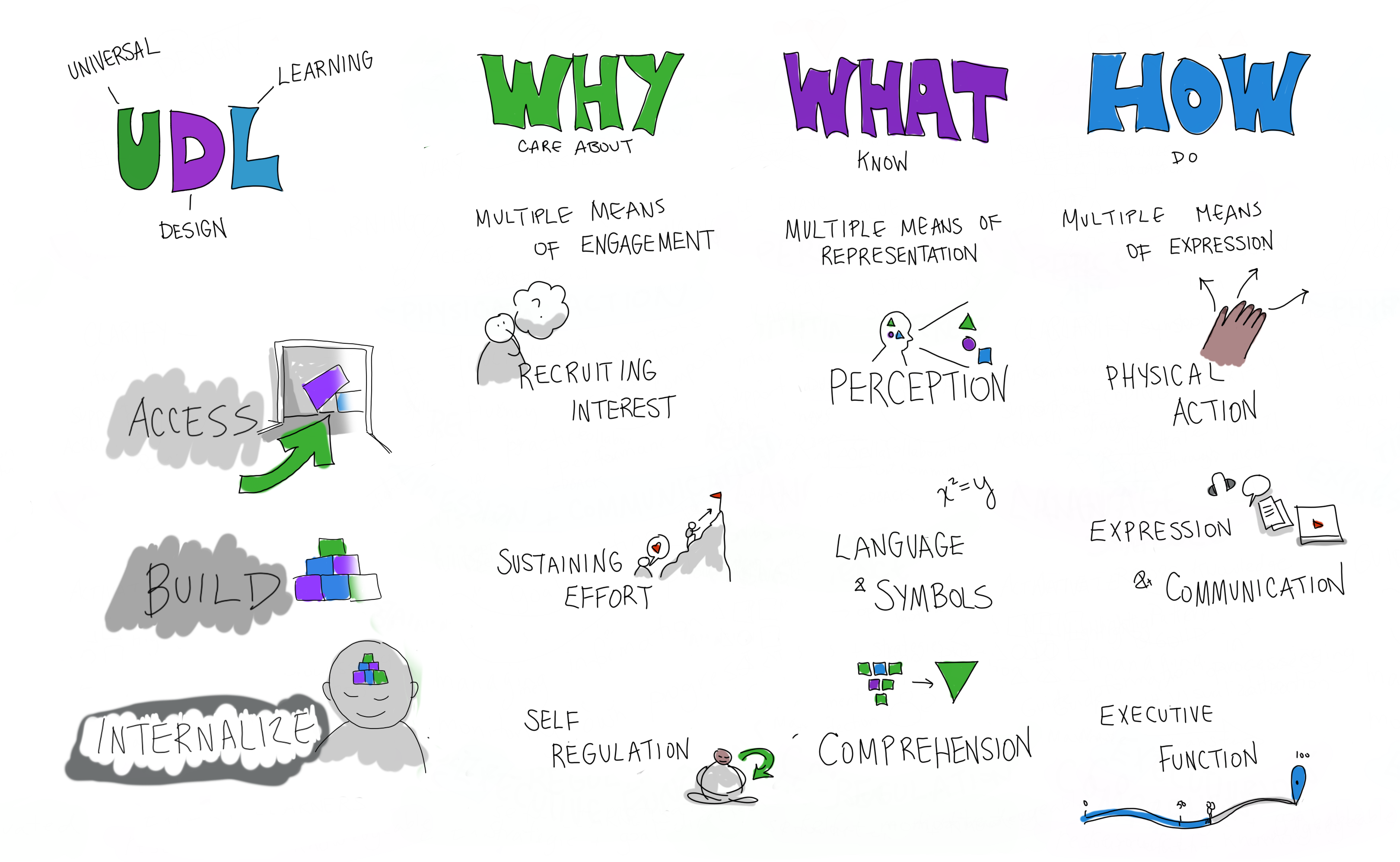Open Pedagogy – What Is It?
To some pedagogy may be an intimidating word. However, the concept of pedagogy, in particular, open pedagogy, has a key aspect that makes it easy to understand – collaboration. Unlike a traditional teacher to student method, open pedagogy incorporates open educational resources in order to educate. Students can use public knowledge to better their learning journey, which also allows for active participation. Both students and teachers can benefit from this because it creates an engaging environment where people can bounce off each other and gain insight from others’ knowledge.
Open educational Resources
Open educational resources are crucial to open pedagogy. They are free, openly licensed, accessible resources. They include textbooks, articles, notes, etc. that all students can use and modify. OER’s are a huge stepping stone in accessibility because there is no need for students to purchase resources for their course.
I recently had a class in which no purchase of a textbook or resources was required. Instead, my instructor used open resources and was able to provide the course information from many different sources each week. In my experience, this allowed for a wide variety of resources to be used and looked at, which made the course 10x more exciting. I find that textbooks can get repetitive, and when watching videos, listening to podcasts, or reading journal articles, I found that it was more engaging to me as a student.
In this TED Talk , Katie Gosa discusses open educational resources that students can use instead of having to buy an overpriced textbook.
Global Trends of OER (Challenges and Opportunities)
Though open educational resources are designed to make learning more accessible, it has both positive and negative impacts. below is a comparison of both challenges and opportunities that arise from OER.
| Challenges |
Opportunities |
- Limited digital access can hinder the opportunities that OER offers
- Potential quality control over resources – are they consistent? Accurate?
- Language barriers could restrict OER applicability globally
- Legal restraints
- Lack of funding for OER in places around the world
|
- Global collaboration across the world
- Cost free access
- Inclusive education
- Encourages innovation
- Customizable resources to fit all learning needs globally
|
Understanding Creative Commons Licensing
Creative commons licensing is a means for clear guidelines when using and sharing resources. CC licenses allow educators and students to confidently use resources that will not undermine the original creator. An example of a CC license is the CC BY license. This license allows for freely sharing altered materials as it permits usage and adaption with credit. Understanding this specific license would allow me to be certain that I will not be prosecuted for misusing resources I need.
This link provides a more in-depth explanation of the importance of creative commons licenses, so that you too can use resources in the right way.
Attributes of Open Pedagogy
Below are 3 core attributes that shape ope pedagogy.
Collaboration – Putting collaboration into practice of pedagogy entails promoting peer review and group projects as well as the development of common knowledge.
Transparency – Involving students in the course design process, outlining learning objectives in detail, and candidly addressing assessment standards will all help to ensure that all students are aware of what is expected of them.
Student centred learning – Giving students the freedom to co-create material, reflect on their education, and take charge of their educational path is a key component of implementing a student-centred strategy.
The image below illustrates all the concepts of open pedagogy and connect to the key concepts above.

Thanks for reading!


